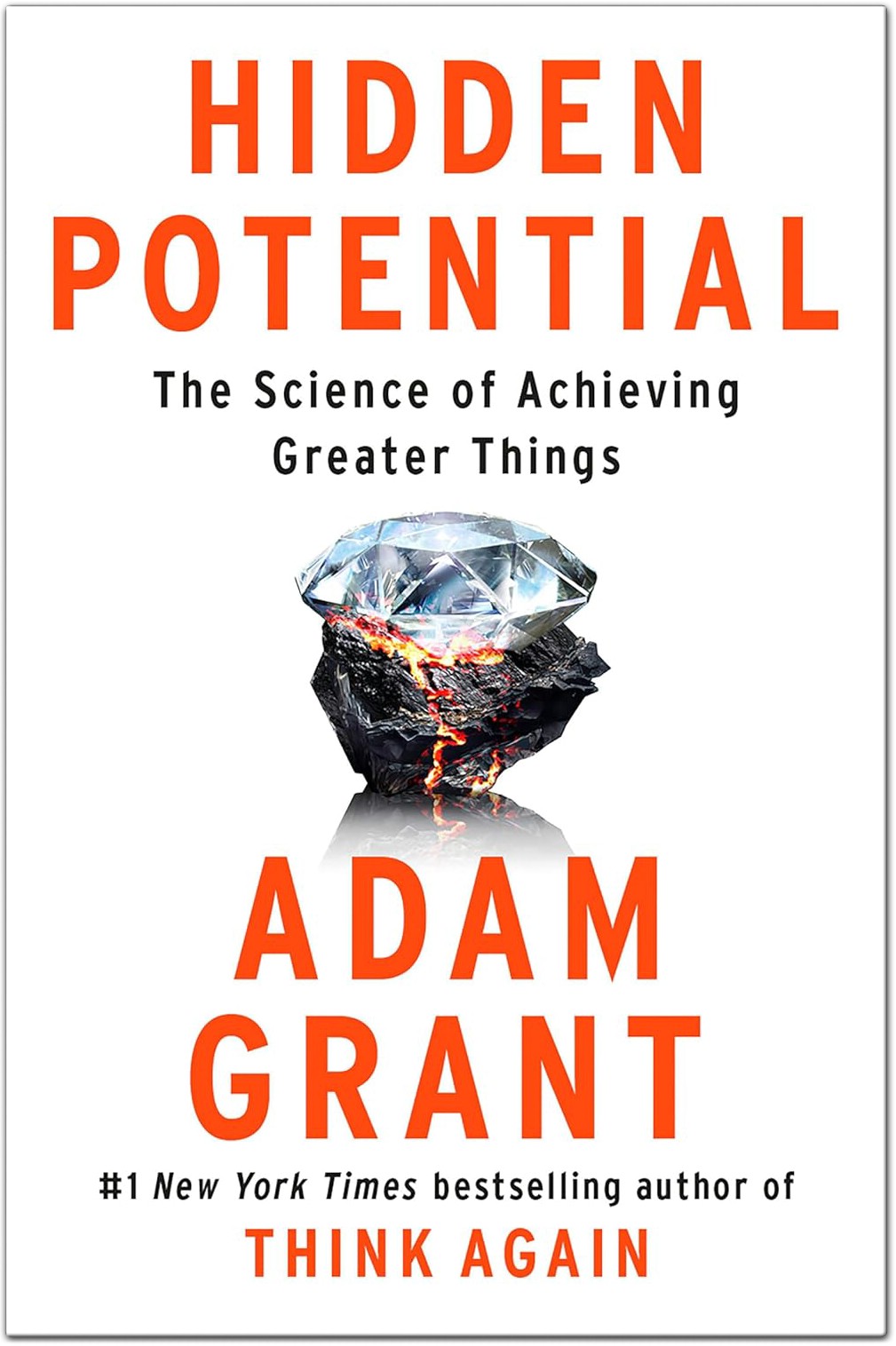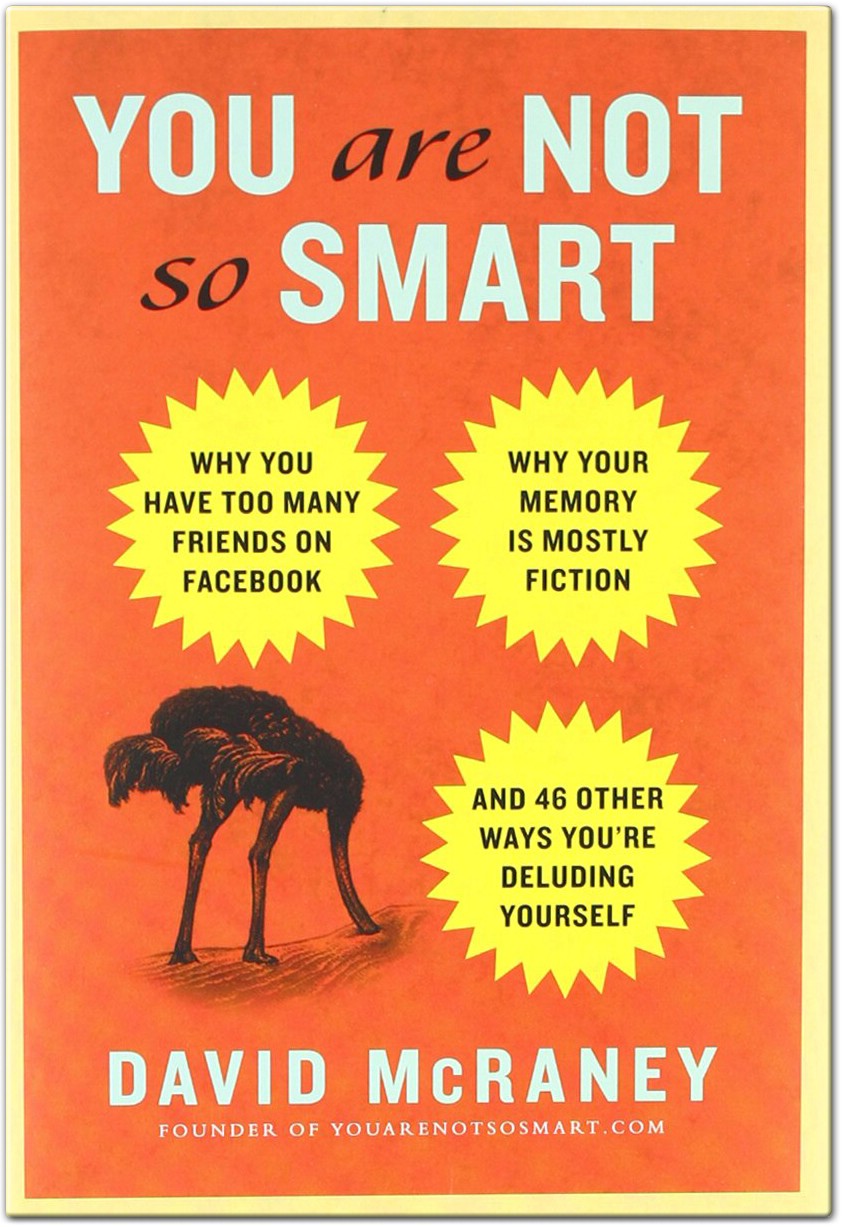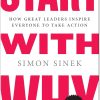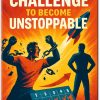
Hidden Potential Summary: The Science of Achieving Greater Things by Adam Grant, is a book that delves into discovering and nurturing unused potential in people and groups.
Grant suggests that we frequently underestimate potential, paying more attention to where someone starts rather than how far they have come. He assesses qualities like initiative and perseverance, which he claims hold just as much significance as technical skills.
He goes on to examine the significance of motivation and opportunity, addressing ways to create systems that maintain motivation and broaden opportunities for people.
Grant also explores how systems can promote potential, citing instances from education, hiring, and leadership. He proposes that individuals can exceed their expectations by prioritizing personal growth, embracing uncomfortable situations, and cultivating relationships with various mentors.
Book Summary Contents
- 1 Hidden Potential: The Science of Achieving Greater Things by Adam Grant Book Details
- 2 Hidden Potential: The Science of Achieving Greater Things by Adam Grant Book Statistics
- 3 Hidden Potential Quotes
- 4 Hidden Potential Summary
- 5 Hidden Potential Summary by Chapters
- 6 About the Author: Adam Grant
- 7 Get Your Copy Of The Book: Hidden Potential: The Science of Achieving Greater Things by Adam Grant
Hidden Potential: The Science of Achieving Greater Things by Adam Grant Book Details
| Publisher | Viking; First Edition (October 24, 2023) |
|---|---|
| Language | English |
| Hardcover | 304 pages |
| ISBN-10 | 0593653149 |
| ISBN-13 | 978-0593653142 |
Hidden Potential: The Science of Achieving Greater Things by Adam Grant Book Statistics
- Release Date: October 24, 2023
- Author: Adam Grant
- Overall Ratings:
- Amazon: 4.6 out of 5 stars (based on 3,002 ratings)
- Goodreads: 4.1 out of 5 stars (based on 30,278 ratings)
- Accolades:
- Editor’s Pick: Best Books of the Year 2023
- Publisher: Viking; First Edition
- Language: English
- Format: Hardcover
- Page Count: 304 pages
- ISBN-10: 0593653149
- ISBN-13: 978-0593653142
- Genres:
- Nonfiction
- Self Help
- Psychology
- Business
- Audiobook
- Personal Development
- Leadership
- Productivity
- Science
- Education
Summary of Key Stats:
- Average Rating:
- Amazon: 4.6/5 (3,002 ratings)
- Goodreads: 4.1/5 (30,278 ratings)
- Top Ranking:
- Editor’s Pick for Best Books of the Year 2023
Hidden Potential Quotes
This is the first form of courage: being brave enough to embrace discomfort and throw your learning style out the window.
A coach sees your potential and helps you become a better version of yourself.
Making progress isn’t always about moving forward. Sometimes it’s about bouncing back. Progress is not only reflected in the peaks you reach-it’s also visible in the valleys you cross. Resilience is a form of growth.
What any person in the world can learn, almost all persons can learn
ambition is the outcome you want to attain. Aspiration is the person you hope to become.
personality is how you respond on a typical day, character is how you show up on a hard day.
What look like differences in natural ability are often differences in opportunity and motivation.
Being polite is withholding feedback to make someone feel good today. Being kind is being candid about how they can get better tomorrow
Hidden Potential Summary
Prologue: Growing Roses from Concrete
I. Skills of Character
Getting Better at Getting Better
- Creatures of Discomfort: Embracing the Unbearable Awkwardness of Learning
- Human Sponges: Building the Capacity to Absorb and Adapt
- The Imperfectionists: Finding the Sweet Spot between Flawed and Flawless
II. Structures for Motivation
Scaffolding to Overcome Obstacles
4. Transforming the Daily Grind: Infusing Passion into Practice
5. Getting Unstuck: The Roundabout Path to Forward Progress
6. Defying Gravity: The Art of Flying by Our Bootstraps
III. Systems of Opportunity
Opening Doors and Windows
7. Every Child Gets Ahead: Designing Schools to Bring Out the Best in Students
8. Mining for Gold: Unearthing Collective Intelligence in Teams
9. Diamonds in the Rough: Discovering Uncut Gems in Job Interviews and College Admissions
Epilogue: Going the Distance
Actions for Impact
Acknowledgments
Notes
Credits
Index
Hidden Potential Summary by Chapters
About the Author: Adam Grant

Adam Grant is a renowned organizational psychologist at Wharton, where he has been the top-rated professor for seven consecutive years. His books have sold millions worldwide, and his TED Talks have garnered over 30 million views. Grant also hosts the popular podcast Re
where he explores themes of motivation and meaning. His groundbreaking research has helped people achieve their goals and surpass others’ expectations. In 2021, his viral article on “languishing” became the most-read piece in The New York Times and the most-saved article across platforms.
Recognized among the world’s top ten most influential management thinkers and as one of Fortune’s 40 Under 40, Grant has received numerous awards for his scientific contributions, including honors from the American Psychological Association and the National Science Foundation. He earned his B.A. from Harvard University and a Ph.D. from the University of Michigan. A former Junior Olympic springboard diver, Grant now resides in Philadelphia with his wife and their three children.
Get Your Copy Of The Book: Hidden Potential: The Science of Achieving Greater Things by Adam Grant
![]()



































